Sharks have had a PR problem for decades—thanks, Jaws. But in reality, they’re not the only apex predators swimming below the surface. In fact, they’re not even the most dangerous. The ocean is full of stealthier, stranger, and sometimes deadlier creatures that can outsmart, outswim, or outright poison anything in their path.
From venom-laced tentacles to bone-crushing bites, these predators don’t need a movie franchise to be terrifying. Here are 14 underwater predators that are arguably more dangerous than sharks—and in many cases, way more terrifying.
1. Box Jellyfish
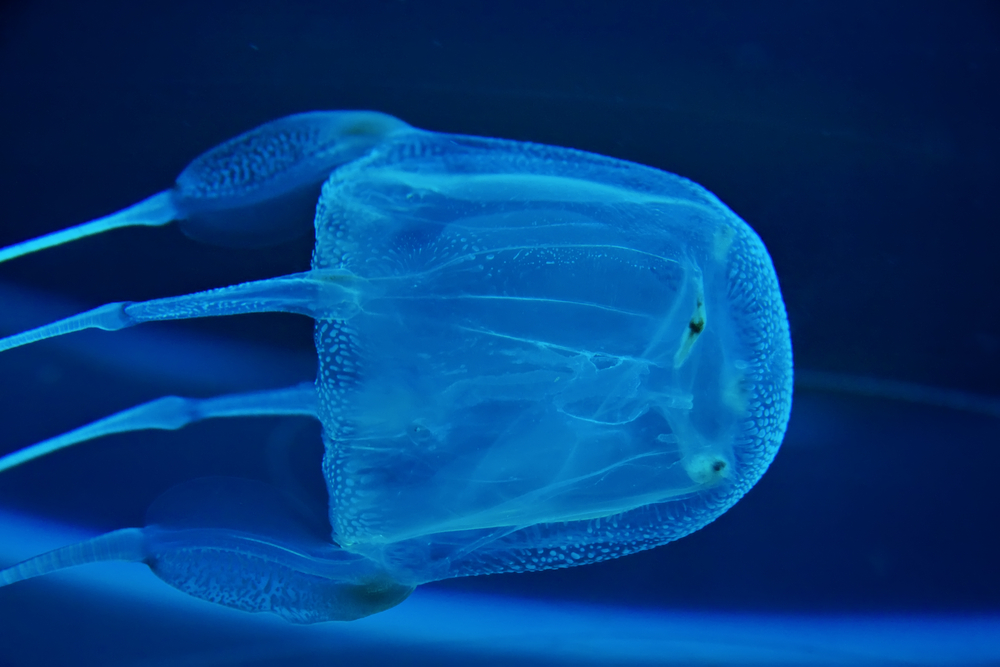
Elegant and nearly invisible, the box jellyfish looks harmless—until it touches you. Its tentacles are lined with millions of nematocysts, which release venom so potent it can stop a human heart within minutes. According to National Geographic, box jellyfish stings are among the deadliest in the world.
What makes them even scarier? You usually don’t see them coming. Swimmers off the coast of Australia and Southeast Asia have been killed within minutes after a sting. Sharks might bite you once, but box jellyfish wrap you up and poison you like a lace-trimmed death trap.
2. Saltwater Crocodile
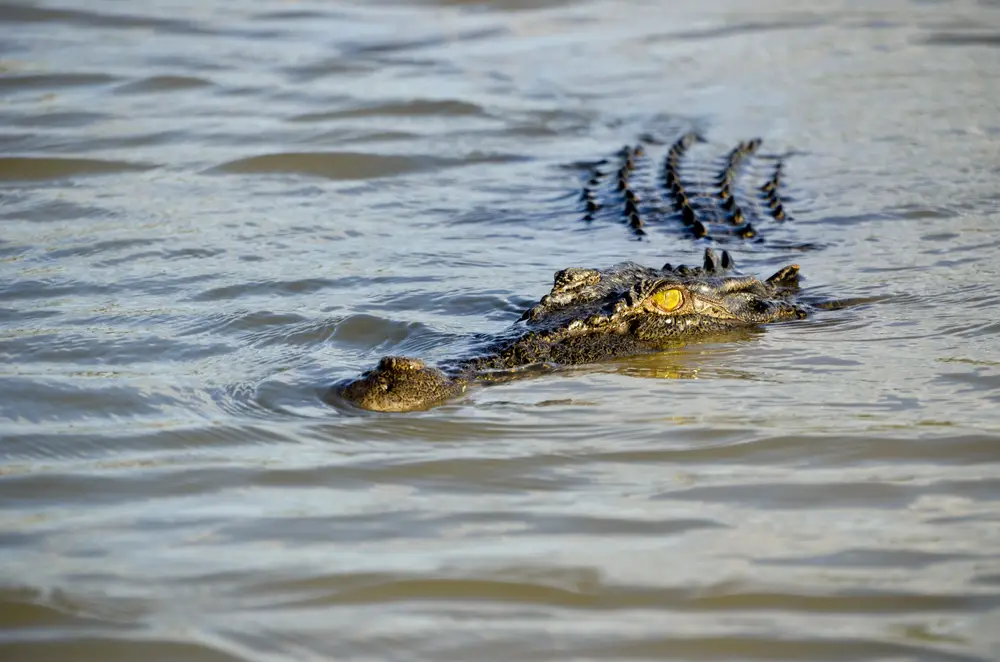
Forget jaws—try bone-crushing death rolls. Saltwater crocodiles are the largest reptiles on Earth, and they’re not confined to swamps. These ancient killers hunt in oceans, rivers, and estuaries, and they’ve been known to take down sharks.
With a bite force over 3,000 psi, they can snap a turtle shell—or a human bone—like a breadstick. They’re fast, calculated, and terrifyingly patient. Unlike sharks, who often mistake humans for prey, salties know what they’re doing. And if they want you, you won’t see them coming.
3. Blue-Ringed Octopus
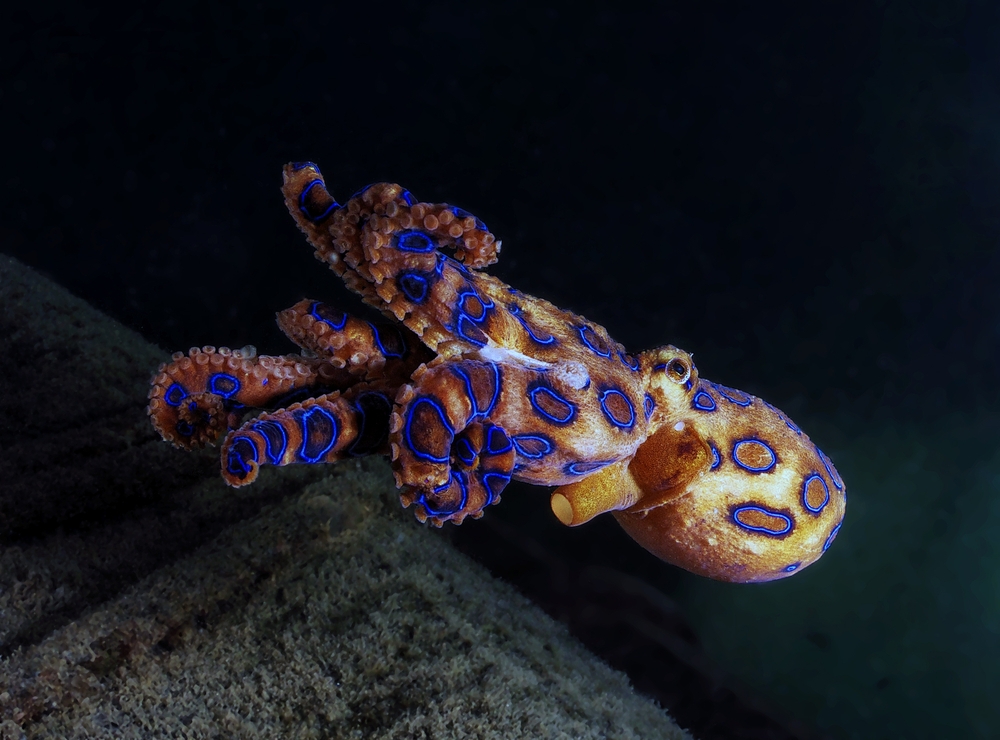
Small, beautiful, and outrageously venomous. The blue-ringed octopus is about the size of a golf ball, but carries enough venom to kill 26 adult humans. It doesn’t bite, doesn’t chase, and doesn’t warn you—until it flashes its iridescent blue rings, which is basically its version of, “Too late.”
According to Healthline, there’s no known antidote for its venom. Paralysis can set in within minutes. So while a shark might leave you with a bite, this little cephalopod can leave you breathless—literally.
4. Moray Eels
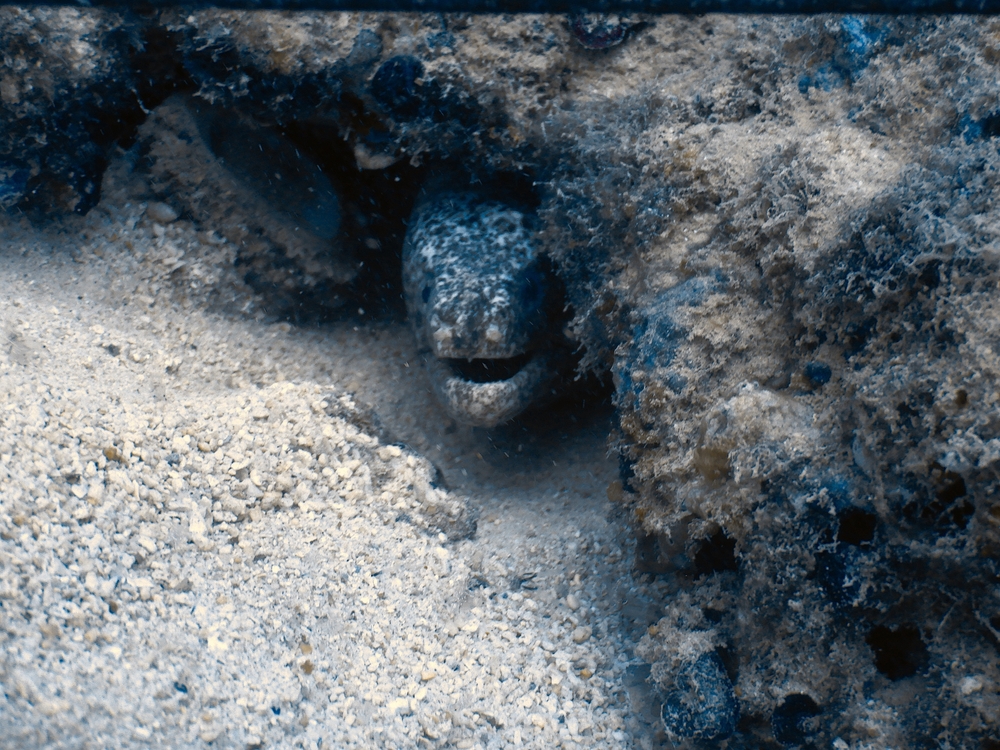
They hide in rock crevices like underwater snakes with trust issues. Moray eels aren’t huge, but they’re aggressive, territorial, and have a secret weapon: a second set of jaws inside their throat that shoots forward to drag prey down. Yes, Alien was basically inspired by them.
They’ve bitten divers who got too close—sometimes without warning. Their bites can cause serious injury and infection. Unlike sharks, which might take a bite and retreat, moray eels hold on like they’ve got something to prove. Spoiler: they usually do.
5. Giant Trevally

They may look like just big fish, but these powerful predators are built like missiles. Known for attacking birds mid-flight, giant trevallies are muscular, fast, and ridiculously aggressive. They travel in packs and can attack prey in coordinated blitzes.
Their speed and force make them dangerous not just to prey, but to careless divers and swimmers. They’ve been known to ram into people or gear during feeding frenzies. Sharks might size you up. Trevallies just charge.
6. Electric Eel

Technically a knifefish, not an eel—but it doesn’t matter when it hits you with 600 volts of electricity. According to the Natural History Museum, electric eels can deliver repeated shocks to stun or kill prey, and their strikes have been compared to being hit with a stun gun underwater.
Multiple strikes can lead to cardiac or respiratory failure, especially if the person is already struggling. And yes, they’ve been responsible for human fatalities—often when people drown from being shocked mid-swim. Sharks use teeth. Electric eels use voltage.
7. Humboldt Squid
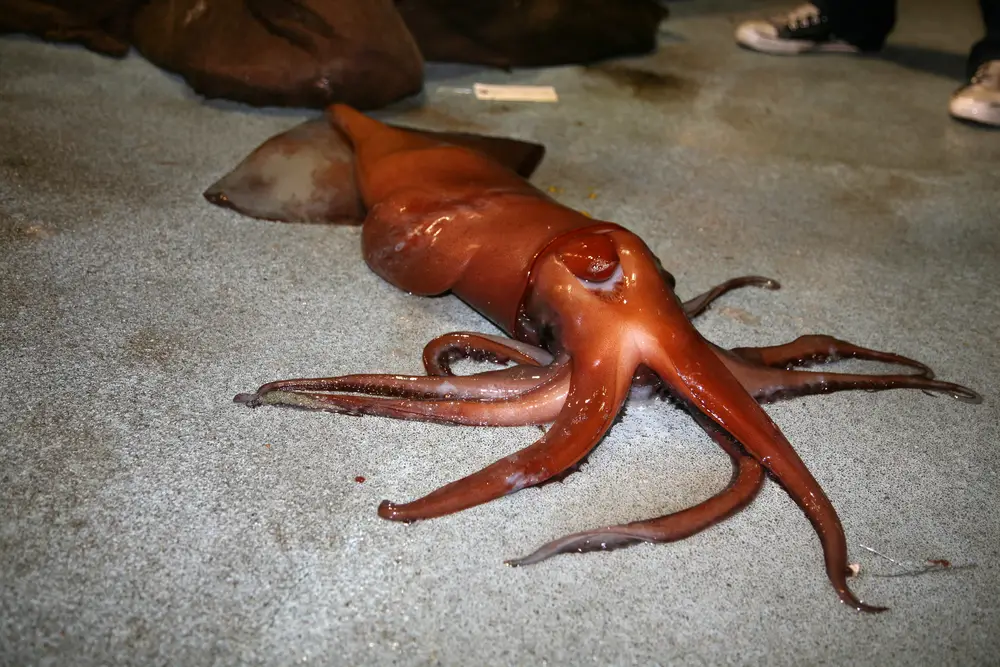
Also called “red devils” by fishermen, these massive, aggressive squid can reach six feet long and travel in swarms. They’re known for their intelligence—and their rage. With razor-sharp beaks and tentacles covered in toothed suckers, they’ve been known to attack divers and even boats.
They communicate using flashing skin color changes, especially when agitated. And when one squid attacks, others often follow. Sharks are solo hunters. Humboldt squid bring the whole angry squad.
8. Stonefish

The stonefish is the most venomous fish in the world—and it’s nearly invisible. It camouflages perfectly on the ocean floor, waiting for prey to come close. Step on it, and its spines inject venom that causes excruciating pain, paralysis, or death.
According to the Australian Museum, some stings have proven fatal. Unlike sharks, stonefish don’t chase you—you step on them. And then the agony begins.
9. Cone Snail
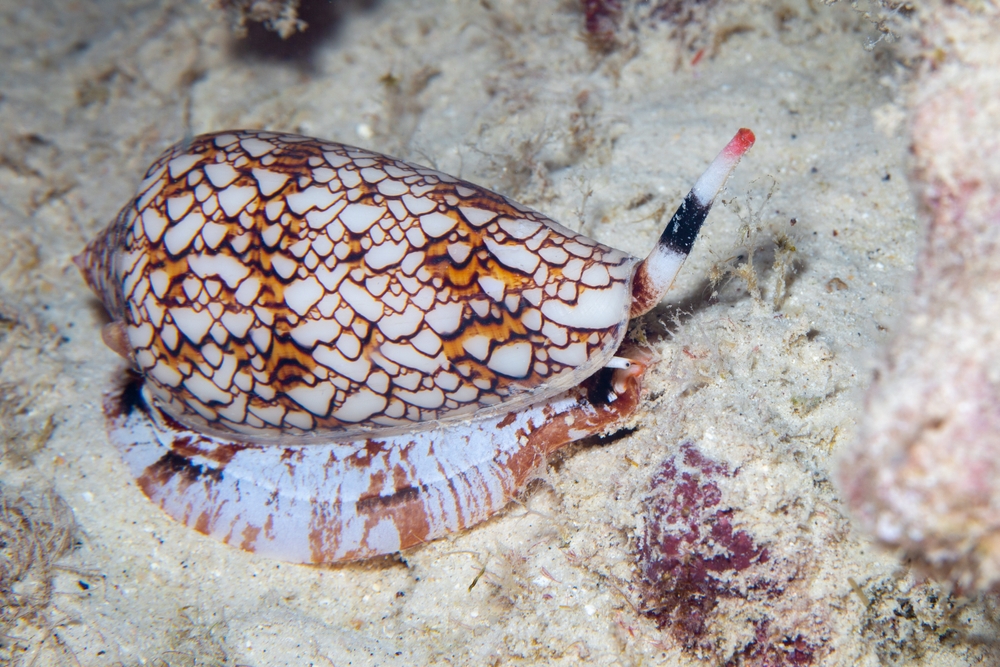
Yes, a snail. Don’t let the pretty shell fool you. Cone snails have a harpoon-like tooth that injects venom powerful enough to kill humans. Some species are nicknamed “cigarette snails”—because once you’re stung, you’ve got about enough time to smoke one.
They can paralyze their prey in seconds, making them one of the deadliest slow-movers on Earth. No chasing. No biting. Just a painless sting that turns into a deadly shutdown.
10. Barracuda
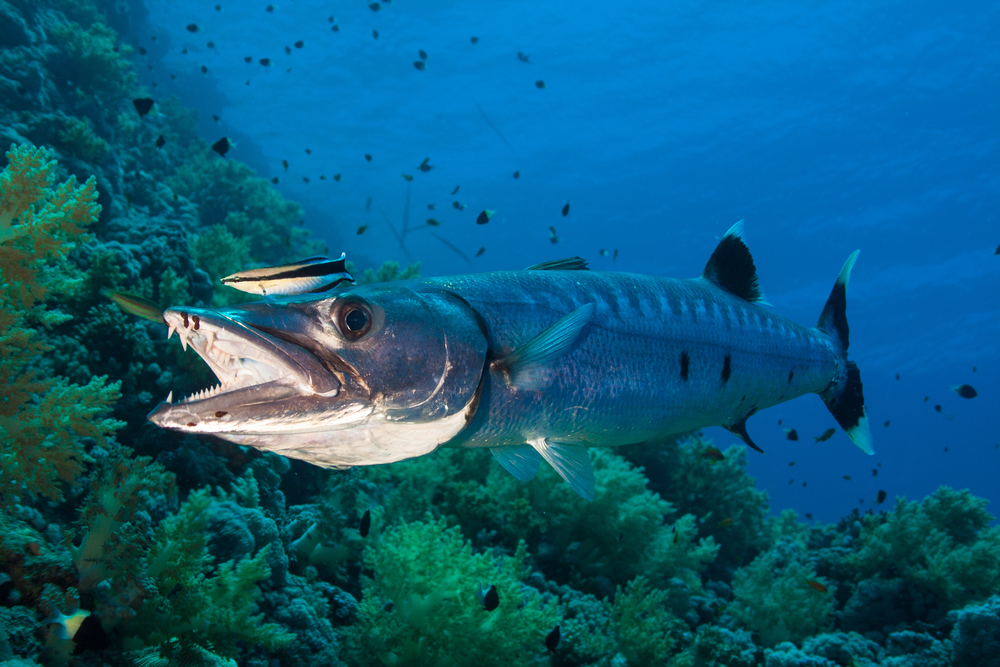
Sleek, fast, and built like a torpedo, barracudas are often underestimated. They can swim up to 36 mph and are known for sudden, explosive attacks—especially when they mistake shiny objects for prey. Divers have reported surprise strikes with minimal warning.
Their jaws are filled with razor-sharp teeth, and a single bite can do serious damage. Unlike sharks, barracuda don’t circle or study you. If they feel threatened or curious, they strike first and ask questions never.
11. Tigerfish
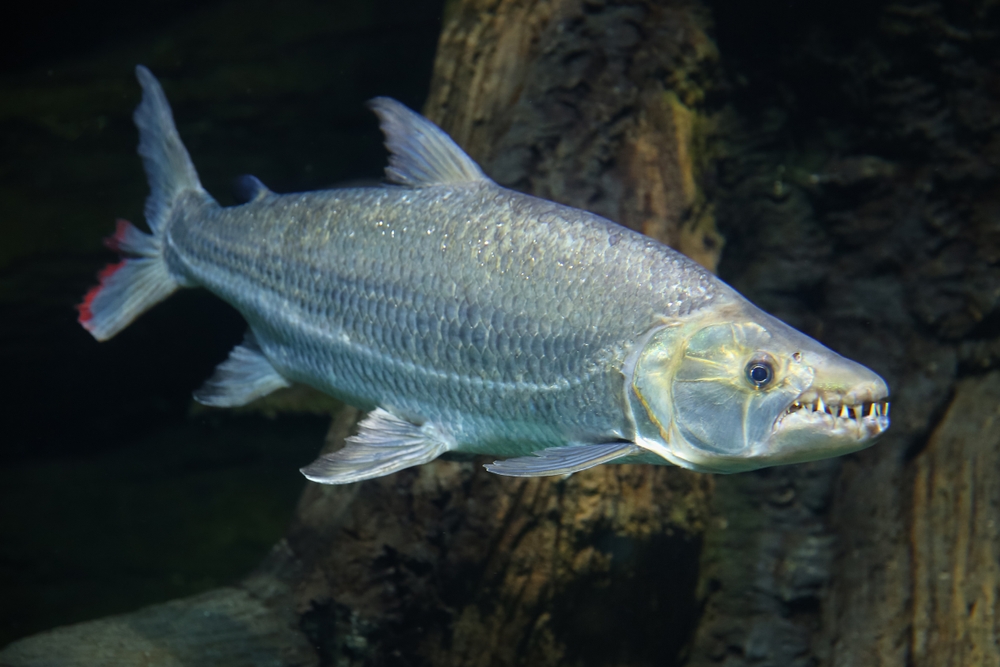
Native to African rivers, tigerfish are freshwater nightmares. With fang-like teeth and a bad attitude, they’re often called the “piranhas of Africa.” Some species can grow over 3 feet long and leap from the water to snatch birds.
They’re known to attack in packs and can rip through prey with shocking speed. And yes, there have been reports of tigerfish biting humans. Sharks might rule the ocean, but in African rivers, tigerfish hold the crown.
12. Stargazer Fish
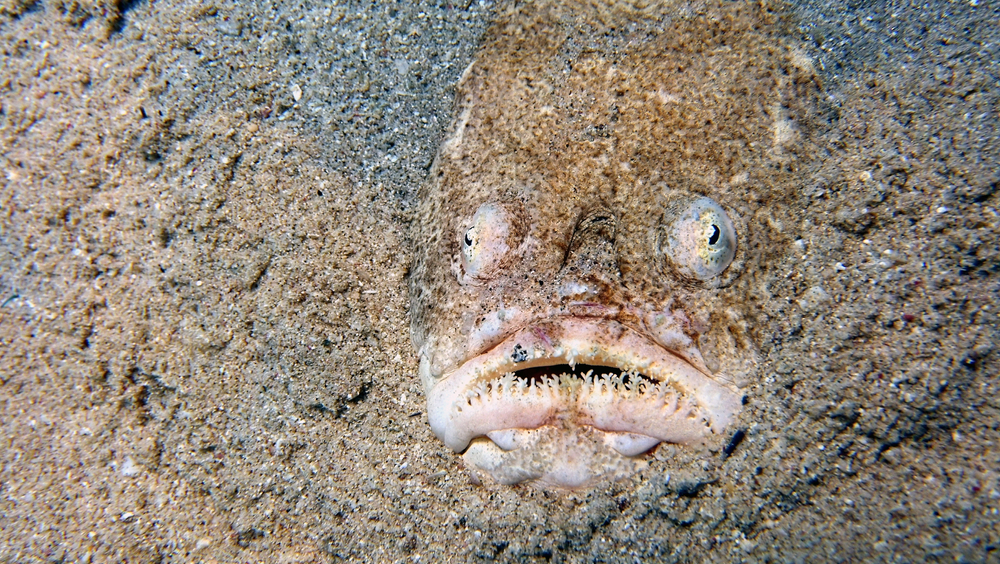
This creepy predator buries itself in the sand with only its eyes and mouth showing, waiting for prey to come close. Then it launches upward like a missile and swallows the victim whole. As if that weren’t enough, some species are venomous and can deliver electric shocks.
They’ve been called one of the ugliest—and most dangerous—fish in the ocean. They don’t chase, they ambush. Sharks swim with you. Stargazers lurk and strike when you least expect it.
13. Sea Snakes
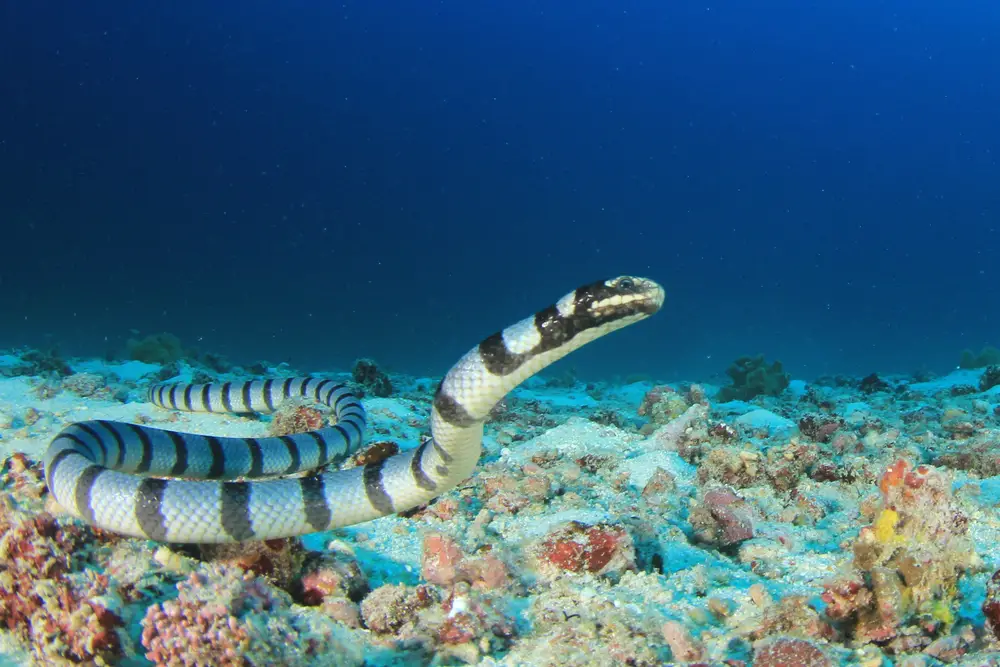
Sea snakes are some of the most venomous snakes in the world—more potent than cobras. While they’re not aggressive toward humans, if provoked or handled, their bite can be fatal. Their neurotoxic venom can cause muscle paralysis, respiratory failure, and death.
They’re graceful swimmers and often come close to divers, mistaking them for floating objects. And unlike sharks, their danger is silent, elegant, and very real. Don’t mess with the snakes of the sea.
14. Lionfish

Beautiful, exotic, and lethal, lionfish are armed with venomous spines that can cause extreme pain, nausea, and even heart complications. Originally from the Indo-Pacific, they’ve invaded parts of the Atlantic, where they’re decimating local fish populations.
They’re not aggressive toward humans but are dangerous to handle or accidentally step on. Their sting won’t kill you, but you’ll wish it had. Unlike sharks, lionfish don’t need to bite—they just let their spines do the talking.
